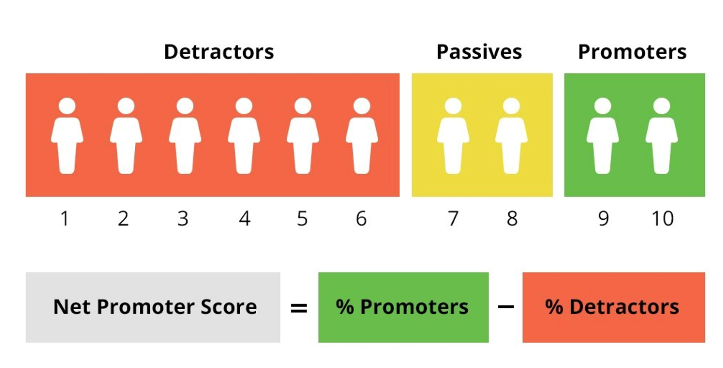Are you nervous about asking your clients for referrals? Does it make you feel uncomfortable or pushy to approach the subject?
What if we told you there was a process to get your clients telling you if they’d like to make a referral? No more nerves; no more uneasiness.
In our latest episode of the Rainmaker Multiplier On-Demand Series, Jason L Smith and Executive VP of Marketing, Matt Seitz, discuss the Net Promoter Score (NPS) Survey Referral Process.
They cover what the process is, how it works, and how advisors can utilize it to enhance (or sometimes start) their referral pipeline.
So where do you start? Let’s dive in to find out.
WHAT IS A NPS SURVEY?
NPS is a widely used market research metric that asks respondents to rate the likelihood that they would recommend a company, product, or service to family, friends, or colleagues.
WHAT IS THE IMPORTANCE OF SURVEYING YOUR CLIENTS?
You may be wondering why you should survey your clients if you meet with them throughout the year, and feel that they’re all satisfied. Well, surveys can offer your clients an open and decisive way to provide your practice with personalized feedback that will help you improve your business practices, share things they may be uncomfortable saying face-to-face, and identify opportunities for growth by finding clients who would give referrals.
HOW DOES IT WORK?
While their can be a handful of questions on a NPS survey, the main one you’ll be interested in is, “How likely are you to recommend <your firm name> to your friends, family, or colleagues?” The answer choices are a simple rating scale of 0-10.
As you’re collecting responses, you’ll find that they fall into one of three categories:

- Detractors (rating of 0-6)
- Passives (rating of 7-8)
- Promoters (rating of 9-10)
Detractors are people who have had a bad experience with you or your practice, and would potentially share that negative feedback with others. This is a great opportunity to identify what went wrong and appropriately address or correct the situation. During the survey process, these are the people you would want to get back to the quickest to try and resolve their issue before they share it publicly.
Passives are people who are in the middle. They are not likely to share any negative feedback publicly, but also are not likely to be passing along referrals.
Promoters are people who had a great experience or love your business and are ready to shout so from the mountain tops. Promoters have self-identified that they would refer business to you, so they’re already warmed up for when you approach them on that topic.
Although I’m sure you would love all promoters, that’s not necessarily realistic, so it’s important to remember that even the constructive feedback is good. It can help you identify areas of improvement so that you can create an experience to get more Promoters next time (sidenote: shoot to do this survey once a year!).
MASTERING THE FEEDBACK LOOP
Surveys tend to be more efficient when the results are being received by the same individual, who serves as an internal triage person. We would recommend your head of operations or marketing. However, the Lead Advisor on a particular account should be the person following up on a response, but in some cases (like when the issue is the Lead Advisor) it should be your head of operations, and possibly the head of the organization.
As we mentioned earlier, Detractors are the first group you’ll want to get back to so that you can mitigate the damage. See if there is any corrective action you can take to help prevent more Detractors in the future. Detractors could have issues as simple as a miscommunication, like receiving your emails to their spam folder.
HAVE THE REFERRAL CONVERSATION
Once you’ve closed the survey and organized all your Promoters, provide that information to your applicable Lead Advisors. They then have the information they need to follow up with their clients, thank them for participation in the survey and their feedback, and segue into a referral conversation.
We recommend utilizing the VIPS Method for holding these conversations, which was developed by referral expert (and friend of C2P), Bill Cates. If you have your own process and/or scripts for referral conversations you can certainly plug them in here, but we have found the conversational tone of the VIPS Method works well for advisors. Plus, it comes with scripts, tips, and training from Bill on how to execute.
You can now have the confidence in approaching your clients for a referral conversation knowing that they have already stated that they would be willing to send friends, family, or colleagues your way. You’ve now come full circle and have your clients filling the top of your funnel – congratulations!
Related: Three Steps for Finding Future Rainmakers for Your Company


